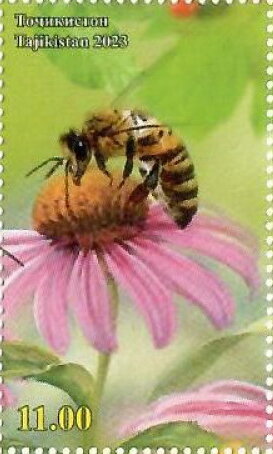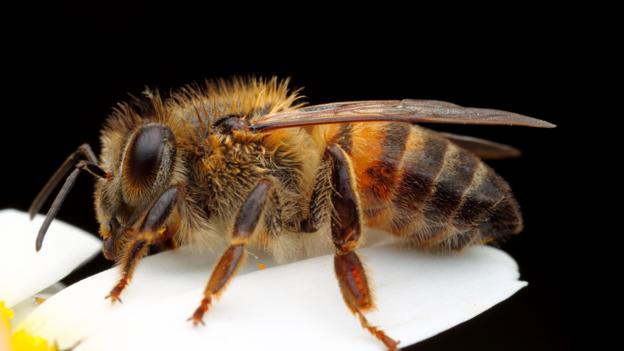Stamp: Flora and Bee (Tajikistan 2023)
Flora and Bee (Tajikistan 2023)
01 July (Tajikistan ) within release Flora and Pollinators (2023) goes into circulation Stamp Flora and Bee face value 11 Tajikistani somoni
| Stamp Flora and Bee in catalogues | |
|---|---|
| Colnect codes: | Col: TJ 2023.07.00-01c |
Stamp is square format.
stamp from mini-sheetAlso in the issue Flora and Pollinators (2023):
- Stamp - Flora and Bee face value 11;
- Stamp - Flora and Bee face value 11;
- Stamp - Flora and Bee face value 11;
- Stamp - Flora and Butterfly face value 11;
- Stamp - Flora and Butterfly face value 11;
- Mini Sheet - Flora and Pollinators face value 6*11;
- Stamp - Flower and Bee face value 11;
|
Data entry completed
53%
|
|
|---|---|
| Stamp Flora and Bee in digits | |
| Country: | Tajikistan |
| Date: | 2023-07-01 |
| Print: | Offset lithography |
| Emission: | Commemorative |
| Format: | Stamp |
| Face Value: | 11 Tajikistani somoni |
Stamp Flora and Bee it reflects the thematic directions:
Bees are winged insects closely related to wasps and ants, known for their roles in pollination and, in the case of the best-known bee species, the western honey bee, for producing honey. Bees are a monophyletic lineage within the superfamily Apoidea. They are currently considered a clade, called Anthophila. There are over 20,000 known species of bees in seven recognized biological families. Some species – including honey bees, bumblebees, and stingless bees – live socially in colonies while most species (>90%) – including mason bees, carpenter bees, leafcutter bees, and sweat bees – are solitary.
A flower, sometimes known as a bloom or blossom, is the reproductive structure found in plants that are floral (plants of the division Magnoliophyta, also called angiosperms). The biological function of a flower is to effect reproduction, usually by providing a mechanism for the union of sperm with eggs. Flowers may facilitate outcrossing (fusion of sperm and eggs from different individuals in a population) or allow selfing (fusion of sperm and egg from the same flower). Some flowers produce diaspores without fertilization (parthenocarpy). Flowers contain sporangia and are the site where gametophytes develop. Many flowers have evolved to be attractive to animals, so as to cause them to be vectors for the transfer of pollen. After fertilization, the ovary of the flower develops into fruit containing seeds. In addition to facilitating the reproduction of flowering plants, flowers have long been admired and used by humans to beautify their environment, and also as objects of romance, ritual, religion, medicine and as a source of food.


